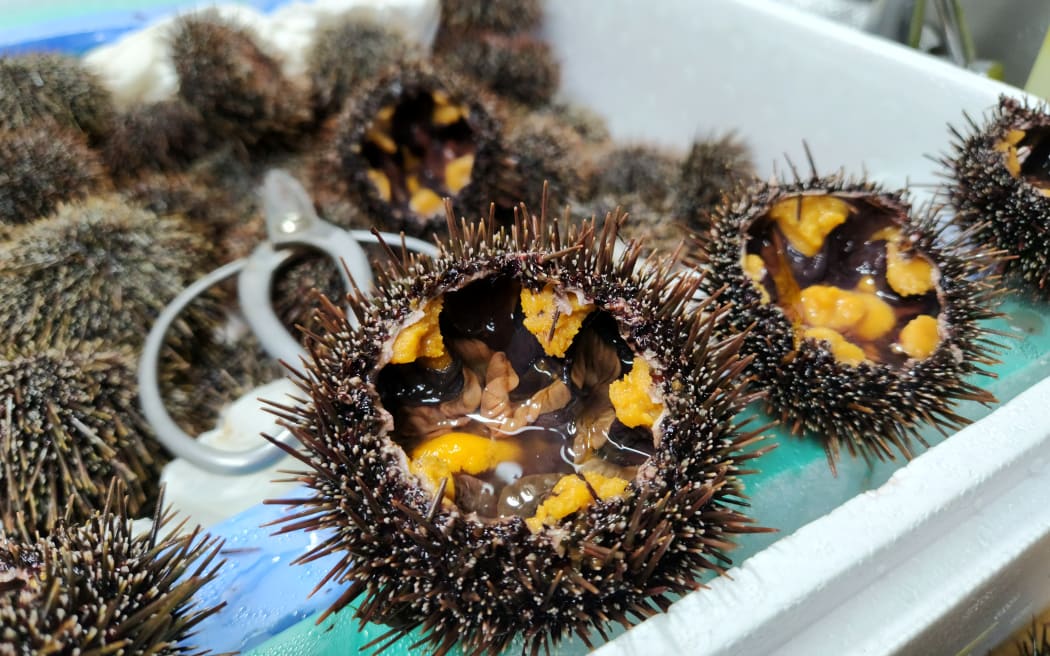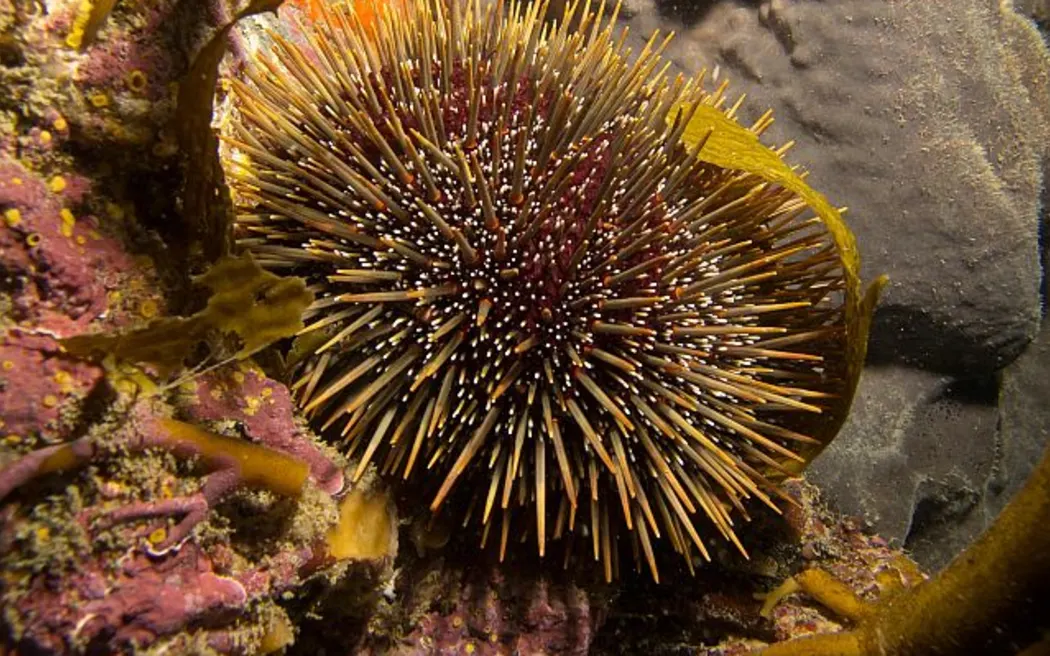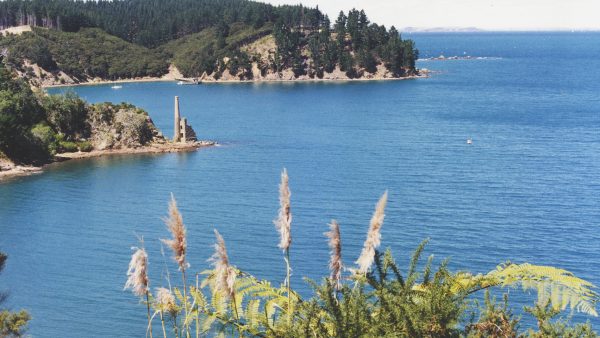Kina are regarded as a delicacy by some, but their explosive growth threatens marine environments. Photo / Paul Caiger
Fisheries Minister Shane Jones is urging submissions on government proposals to combat exploding kina numbers. Jones says he’s particularly keen to hear from coastal communities from Northland to Coromandel, which are especially affected, before submissions close on Monday.
Submit your feedback here.
“They grow prolifically, they kill all the kelp, they kill all the seaweed, and they turn the marine environment into a virtual desert. When they get out of control, fish numbers dwindle because they no longer have habitat,” said Jones.
While kina are regarded as a delicacy in many parts of the country, Jones said once they strip an area of food, they become “skinny and worthless.”
Jones mentioned options including changing bag limits and the permit system so people can tackle the problem themselves in their own backyards. “It’s an industrial-grade problem and I’m not suggesting the tools I have will necessarily eradicate the kina barren plague, but coastal communities want practical responses and that’s what I’m in the business of delivering,” he told RNZ.

Jones said the cause of kina barrens was debatable. “Some ecologists say it’s related to overfishing but the evidence is not conclusive in that regard. From my perspective as Fisheries Minister, I can provide some practical tools through the law, to allow local communities to go and cull them.”
Actions already underway aiming to reduce kina barrens in Northland include a two-year fisheries closure and fishing method prohibition at Tūtūkākā Harbour, Ngunguru Bay, Ngunguru River, and Horahora River. It is hoped the fishing restrictions will increase the number of rock lobsters, or crayfish, in the area. Rock lobsters are key predators of kina.
On Aotea, there was hope kina could tackle the proliferation of the invasive seaweed Caulerpa. However trials revealed Caulerpa contains a toxin to prevent animals from eating it. Some species can still eat Caulerpa safely, but the toxin stays in their flesh, making humans sick if they eat fish with Caulerpa toxin.

Whangārei marine ecologist Vince Kerr said barrens created by various species of sea urchins, such as kina in New Zealand, occurred in temperate waters worldwide. He said the removal of reef predators led to the increase in sea urchin numbers. In New Zealand, it was the removal of large crayfish and snapper. “There is very clear evidence that it’s the result of over-fishing,” he said.
Once large reef predators were protected, such as in the marine reserves at Tāwharanui and Leigh, kina numbers declined and kelp forests returned, he said. Kerr added that kelp forests are among the most productive ecosystems on Earth—on a par with coral reefs and tropical rainforests—and act as nurseries for many of New Zealand’s most popular commercial and recreational fish species.
Consultation on government proposals to increase the recreational bag limit for kina, and the introduction of a new special permit for kina removal or culling, has been extended until May 20.







